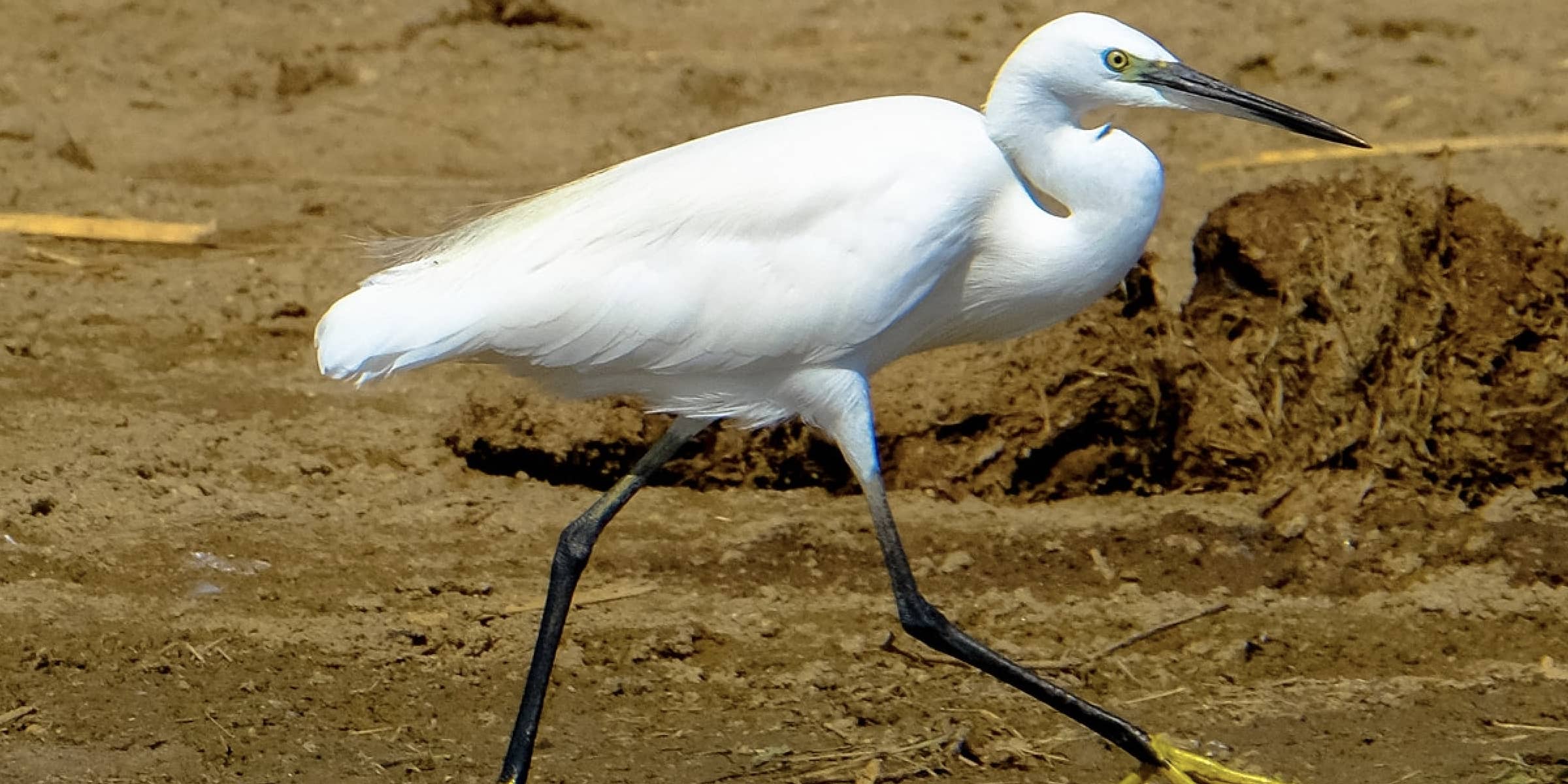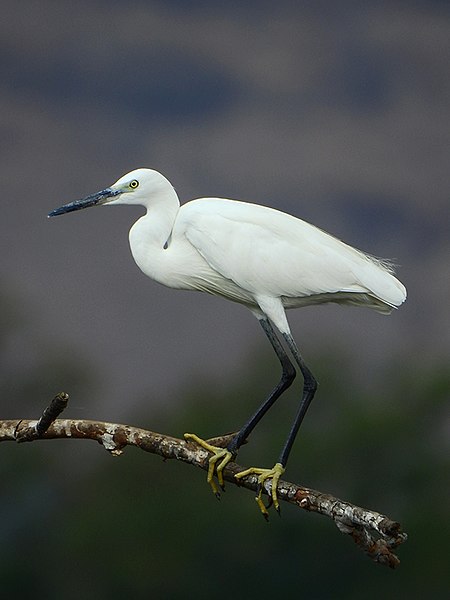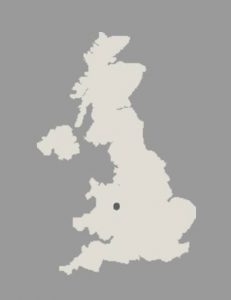There has been one Little Egret around for three or four years. While walking the dogs on Halford Meadow along the river bank we disturbed three Little Egrets. I thought I had seen two earlier in the year but wasn’t sure as I didn’t get a clear view. Two of them flew off together while the other one flew off alone. Little Egrets look like small white herons when flying. Herons always remind me of pterodactyl when they are flying.
So I thought I would tell you about Little Egrets.
Little Egrets were once a rare visitor from the Mediterranean. The first confirmed breeding of Little Egrets in Britain was in 1996 in Poole Harbour in Dorset. They are now well established in Britain with well over five hundred pairs.
They became extinct in Northwest Europe and scarce in Southern Europe after being hunted extensively for their long head plumes in the 19th Century. At one point in time Little Egrets plumes were worth more them gold. After being given protection their numbers increased and spread.
Little Egrets are found mainly around the coast line and esturaries of England and Wales. It is increasing in numbers and spreading further North and inland. It has been discovered that some of these beautiful birds can migrate and can go further North after the breeding their breeding season.
Little Egrets are easily recognised as they are a brilliant white. On the top of their head and neck they have long white plumes during the breeding season. They are about 60cm long with a wing span of between 88cm to 106cm. The bill and legs are black in colour and they have yellow feet, these are red in the breeding season.
They prefer to breed in colonies as they are social birds, so will often been seen in heron colonies. Little Egrets build a platform of sticks in trees, bushes or reed beds. They produce three to five eggs of a bluish-green colour which are incubated for three weeks by both parents. The chicks fledge at six weeks.
Little Egrets prefer open locations and will not be seen in dense cover. Hence why they are seen on Halford Meadow and not on Onny Meadows.
They stalk prey in shallow water shuffling their feet to disturb small fish- they will run through the water or stand stock still and wait to ambush. Their diet is mainly fish but includes frogs, toads, reptiles, small mammals, birds, crustaceans, molluscs, insects, spiders, worms, and ticks of livestock.
So look out for the Little Egret around your local rivers, canals, ponds, lagoons, marshes, the coast and the shore of lakes, as long as it is not densely covered.
The photograph of a Little Egret in the header of this post was taken by Francesco Ungaro.
The second photograph of a Little Egret, latin name Egretta garzetta, at the top of this post was taken by Shantanu Kuveskar and is used under the Creative Commons Attribution-Share Alike 4.0 International license.




